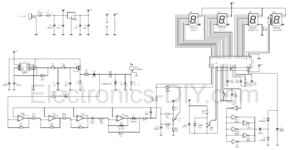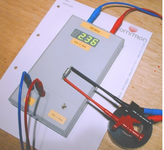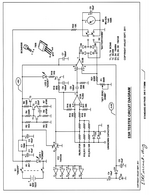pgr2002
Member level 5
- Joined
- Aug 1, 2013
- Messages
- 87
- Helped
- 0
- Reputation
- 0
- Reaction score
- 0
- Trophy points
- 1,286
- Location
- Hyderabad, India
- Activity points
- 2,015
I came across this ESR meter with IC's - ICL7107, 555, 4049, TCL274CN, & other common parts. In the schematic diagram (attached) the four 7 segment displays are mentioned in sequence as LD1 (ones), LD2 (tens), LD3 (hundreds) & LD4 (thousands). In the PCB or in veroboard, etc the sequence should be (as per my knowledge goes) soldered as LD4, LD3, LD2 & LD1. Is this correct or it should be soldered as per the diagram starting from LD1, LD2, LD3 & LD4. Can anyone confirm which one is correct.


